“If you don’t know where you’re going, any road will get you there”
Lewis Carroll
I doubt Lewis Carroll ever found himself in Tainan, but his words prove especially useful for any visitors who should find themselves there. If ever there were a city where one should embrace the beauty of getting lost, this is it. And it’s just as well, because one way or another, you will find yourself lost in Tainan. Such is the way of old cities, where alleyways snake off the main roads—the names of which tend to be Romanized in the most unintuitive way, a real pain for those of us who don’t read kanji—like the heads of the Hydra, until you find yourself so turned around that you’d be forgiven if, when asked which way is north, you simply pointed up at the sky. Even if you were able to chart yourself a direct route from point A to B and navigate by the stars or the sun, I guarantee that somewhere on the way, something would catch your eye and you’d find yourself straying from the path and wending your way through all the other letters of the alphabet before you finally reach your destination. Tainan is just that kind of city.
Sure, the folks on the tourism board for the city have done their best to help visitors out with a few dedicated bus lines that will carry you around from one main attraction to the next, but where’s the fun in that? Even if you don’t love getting lost, surely you love surprises (of the good variety), and I promise you that there is one waiting for you around practically every unmarked corner in Taiwan. But stuck on a bus, you’ll miss most of Tainan’s delights, which are really the kind you discover rather than actively seek out, and in order to do just that, you’re going to have to take your feet to the streets and walk.
When we arrived in Tainan, I worried it was just going to be a temple town; it certainly had more than its fair share of temples, but I swiftly realized it had far more to offer us than just that.
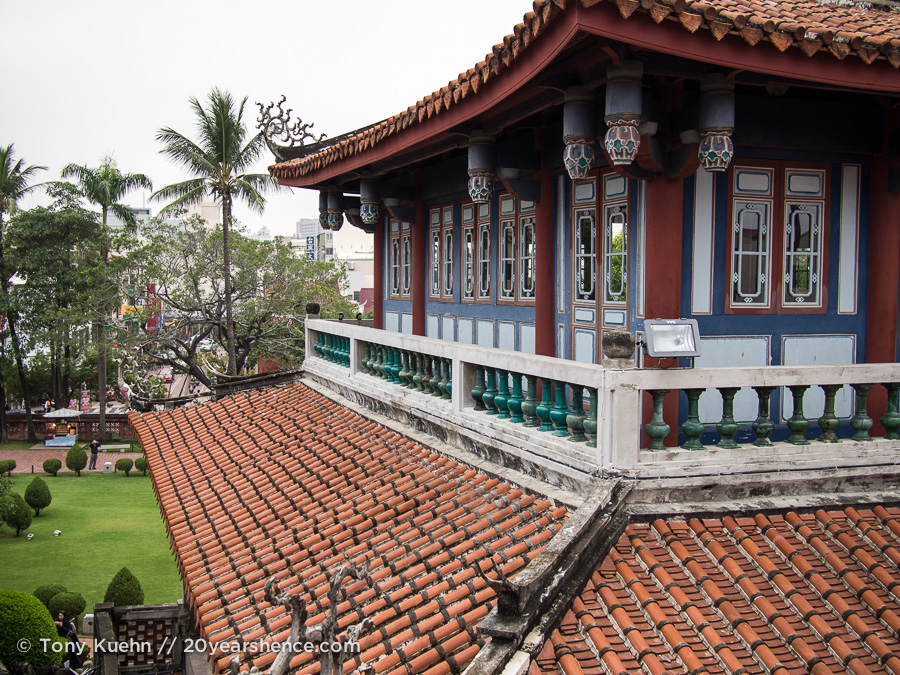
Like beautifully preserved forts, for one. Tainan used to be a Dutch settlement, and today there are still two major battlements that stand in the city. The most famous of the two is Chihkan Towers, which is worth a visit if only due to its somewhat scandalous nomenclature: the original Dutch name for the fort meant eternity, but the Chinese locals instead referred to it as the “tower of savages” or (my personal favorite) “the tower of red-headed barbarians”. In 1945, the name was changed to its present one, which is based on a Taiwanese aboriginal village that once stood on this spot.
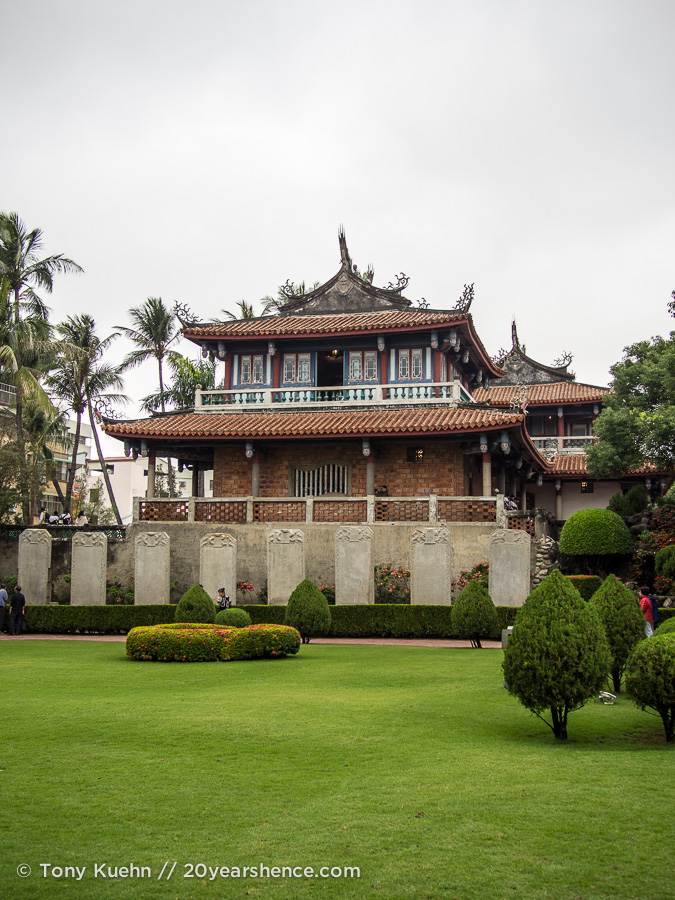
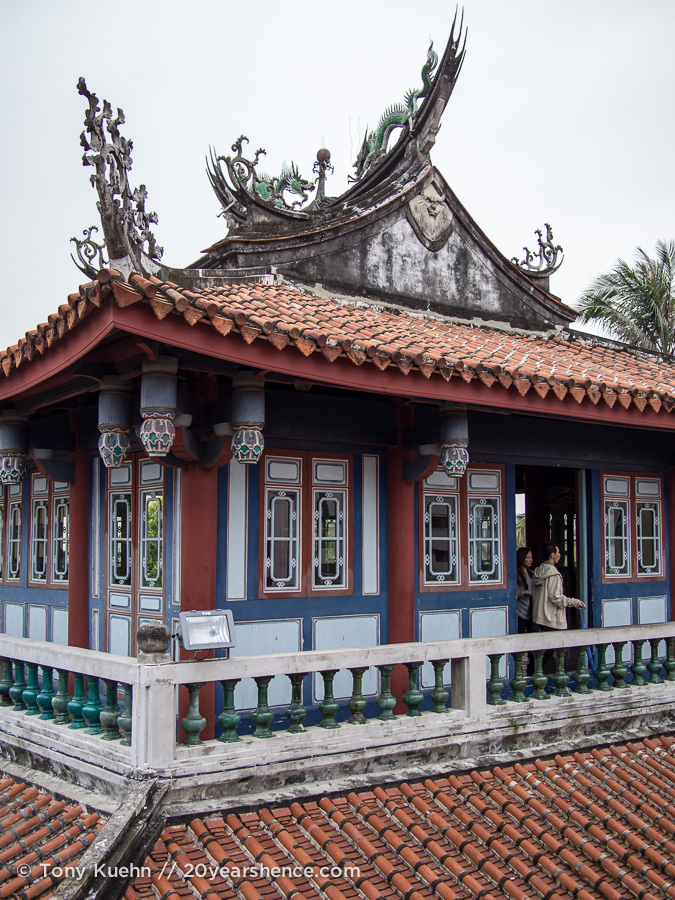
Wandering around Chihkan Towers, you get the sense that some of the mean-spirited name-calling the Chinese engaged in might have stemmed a bit from jealousy, because the building is really beautiful and the gorgeous garden that surrounds it perhaps even more so. Chihkan Towers is located right smack dab in the middle of the historic district of the city, it’s a really lovely green space to amble about in and left us with no doubt as to why it’s the city’s most famous attraction.
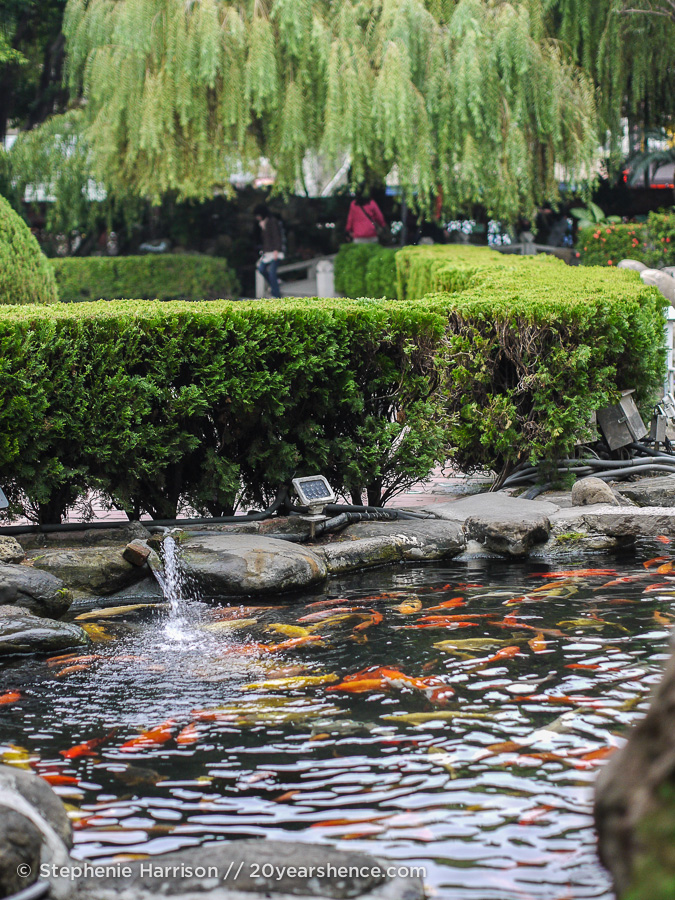
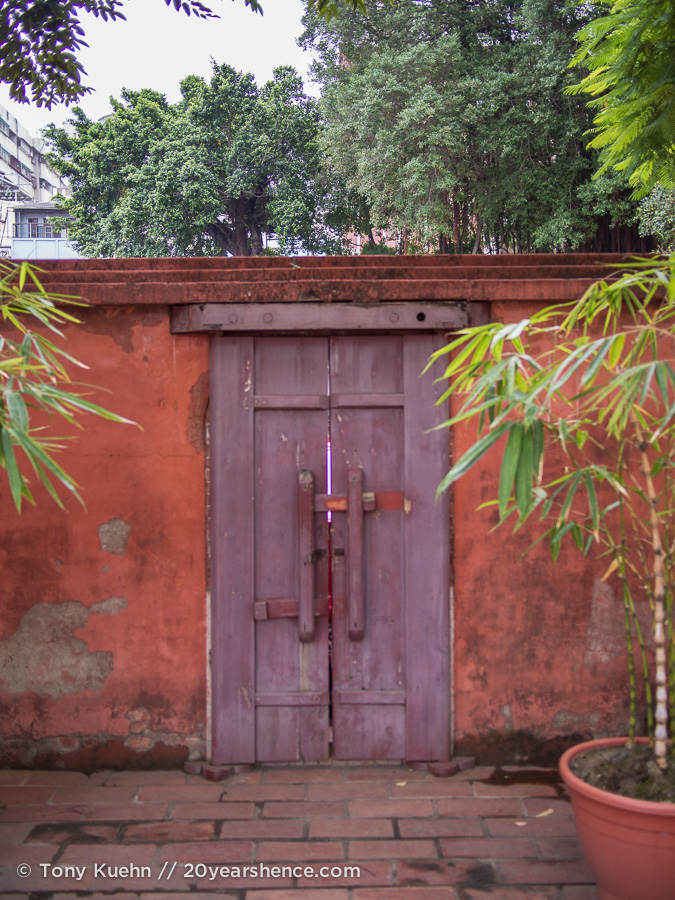
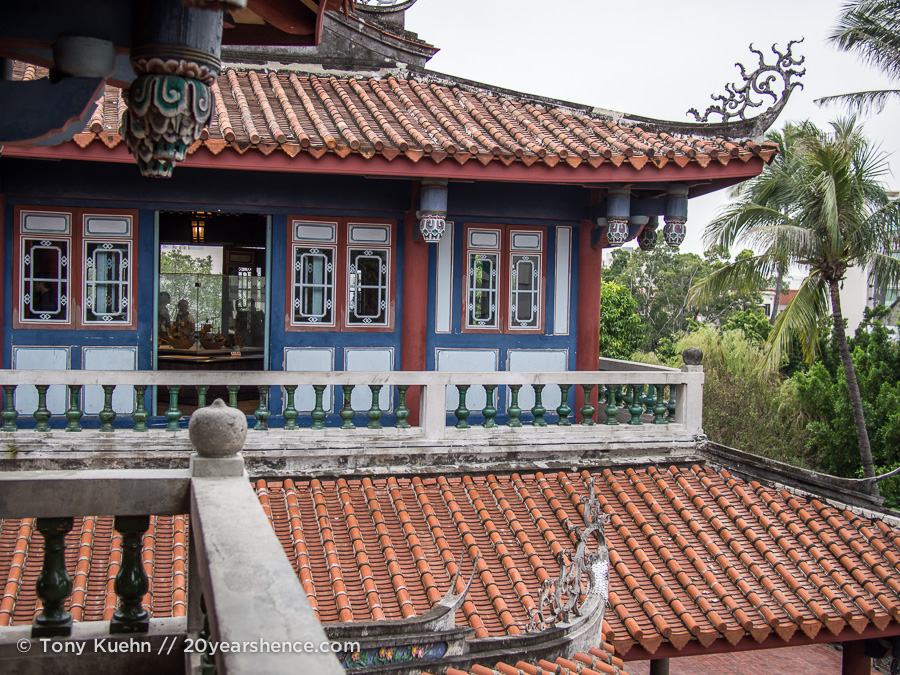

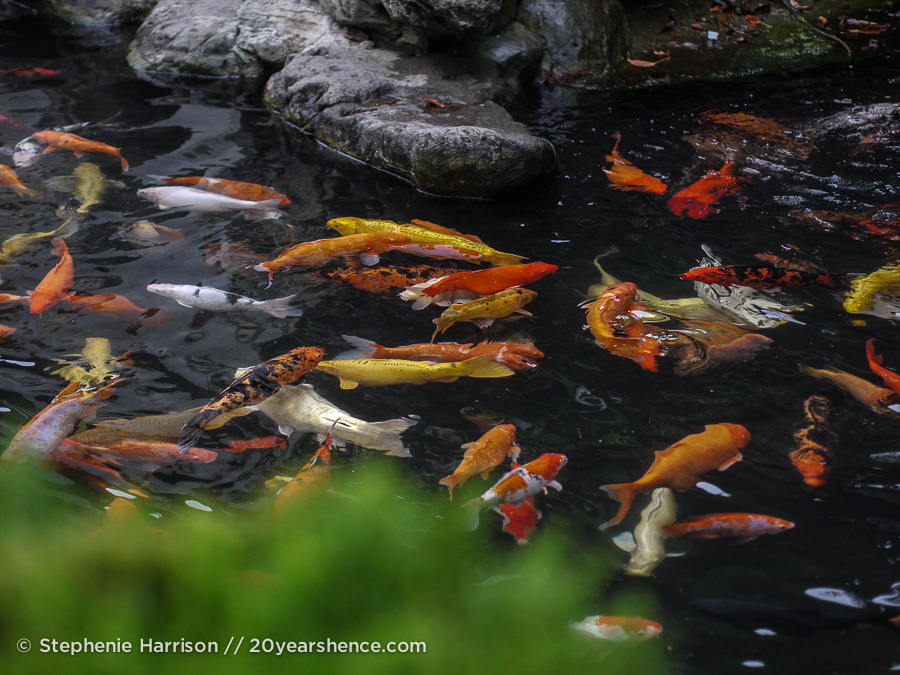
We also wandered out to the Anping district of Tainan, a section of the city that has a perfect vantage out onto the Taiwan strait and also happens to house the oldest street in all of Taiwan. These days it’s crowded with stalls and vendors hawking traditional treats and sundry other tchotchkes… it was like a carnival for your senses!
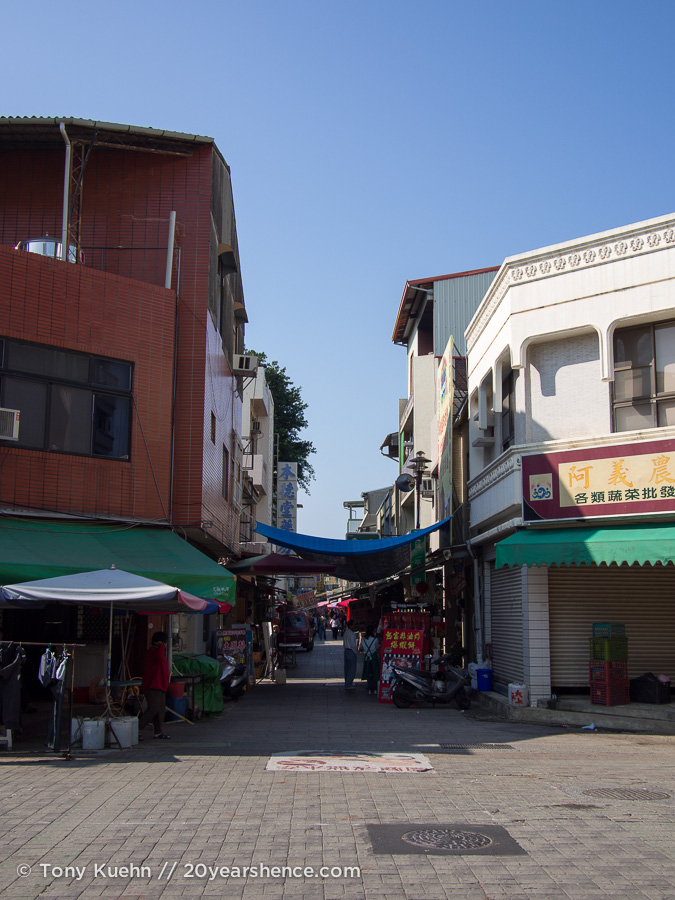
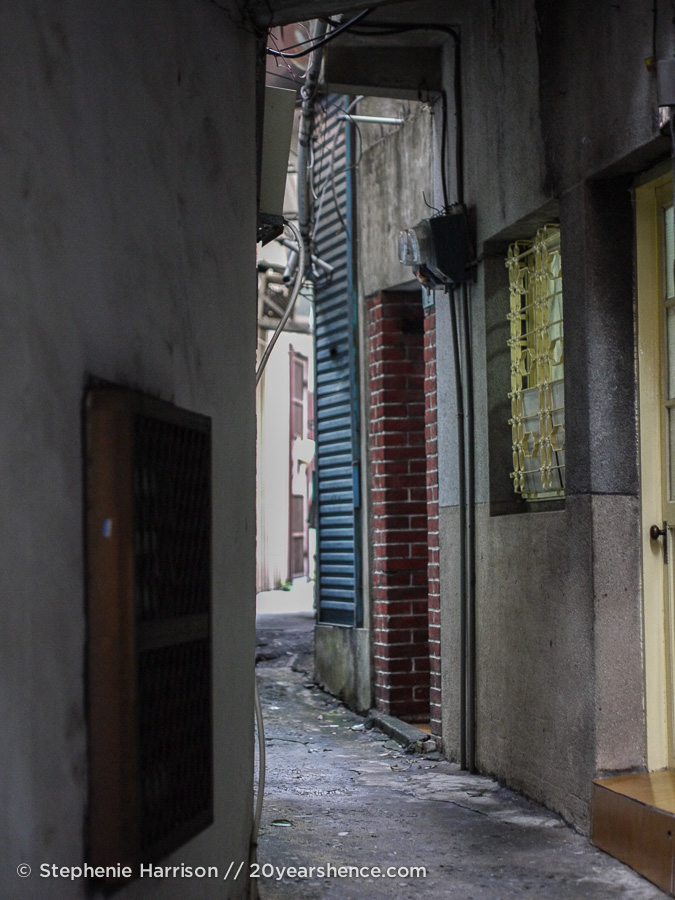
We lost ourselves for a while in the sounds and the smells of the street before eventually finding ourselves at Anping Fort, whose Dutch name I find infinitely more amusing: Zeelandia. Whereas Chihkan Towers was constructed in the Asian architectural style, Zeelandia is Dutch Colonial through and through and a perfect example of Taiwan’s immaculate and meticulous preservation work. Wandering about the fort, enough of the original structure was left in tact that there was no doubt left in your mind as to the building’s incredible age, yet the bulk of it had been restored and preserved so as to leave it exceptionally picturesque as well. Like so much in Taiwan, Zeelandia managed to feel both quaint and grand at the same time and there was a sense of romanticism in the air there as we wandered beneath the hanks of foliage dripping from the impossibly old banyan trees that rimmed the grounds like slumbering sentinels and marveled at the simple, perfect beauty of the frangipani trees the flowered high up near the watchtowers.
This co-mingling of nature and man-made structures came to a head when we visited the Anping Tree House. A factory in a former lifetime, the building was abandoned and has slowly been reclaimed by the earth over the years with the roots of banyan trees creeping in and taking over, entwining themselves with the structure so that two have now become one. It is now considered a spiritual place (as many of the hilariously nonsensical translated signs scattered about attempt to explain) and there is a certain sense of serenity that pervades the space. Visually, it was really inspiring, and although the complex is not very large, we spent over an hour shooting photos and quietly contemplating this industrial space that has been literally grounded by this unyielding, elemental force; at times the juxtaposition of the two harkened back to my experiences at one of my favorite places in Hong Kong, the ChiLin Nunnery.
In many ways, I feel like the Anping Tree House is the structure that best represents the spirit of the artistic current that sweeps through Tainan. With each lane we passed down, the subtle sense that this city where aesthetic and creative merits are prized and the past is melded with the present rather than bulldozed by it in the name of progress grew stronger and stronger. When buildings no longer serve their original function, they are re-purposed, often as works of art, which seems like the best possible celebration of the city’s roots as well as fostering the vision of its present artists and dreamers. One night, our CouchSurfing host, Hans, took us to an area you’ll never find in the guidebooks but that the locals call the 5-channel historic area—it’s a part of the city that used to be largely underwater, the only traces of which are seen in the primary doorways to the buildings being located on what is now the second floor. Previously water flowed down these lanes like the channels of Venice, but now this is where you see some of Tainan’s best alley culture. The buildings are remarkably old, some of them having been around since before the Japanese occupation, but they now house cute little boutiques and restaurants; in this way, what could so easily be forgotten and relegated to the cobwebs of the past has instead remained a vital and vibrant part of the community.
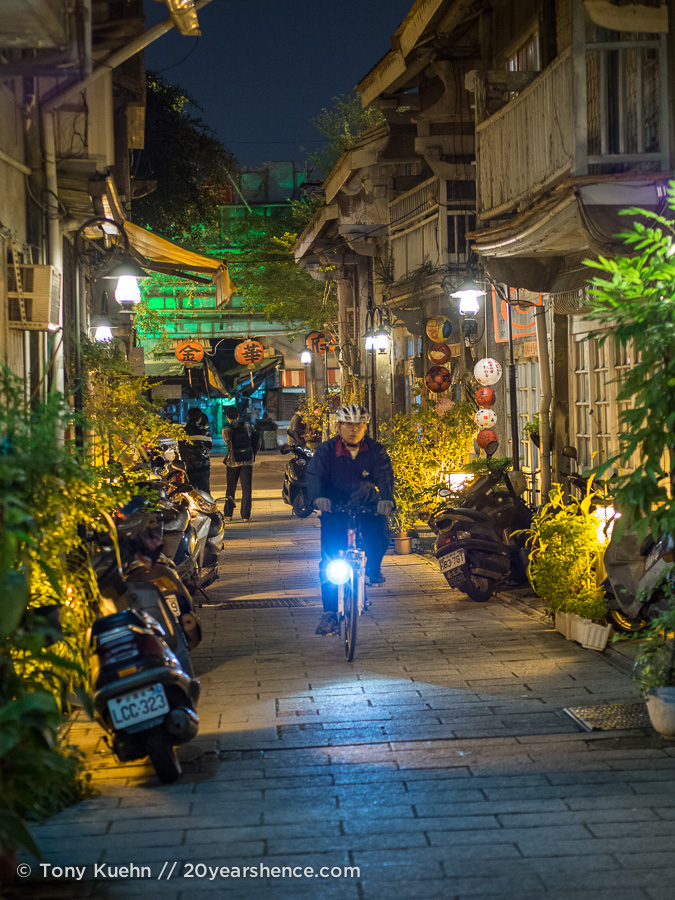

Just a few blocks over are some of the most obvious signs of Tainan’s commitment to the arts and giving new life to old buildings, as we walked by one of its most infamous artistic installations, a moldering building that has been painted to look like blueprints. Just down the street, the wall of a parking lot had been painted with a dreamy, surreal skyscape, and across the street was an open-air construction of what looked to be a studio apartment but built entirely out of wire. There’s no apparent reason for these structures to exist, except to bring a little beauty to that pocket of Tainan.

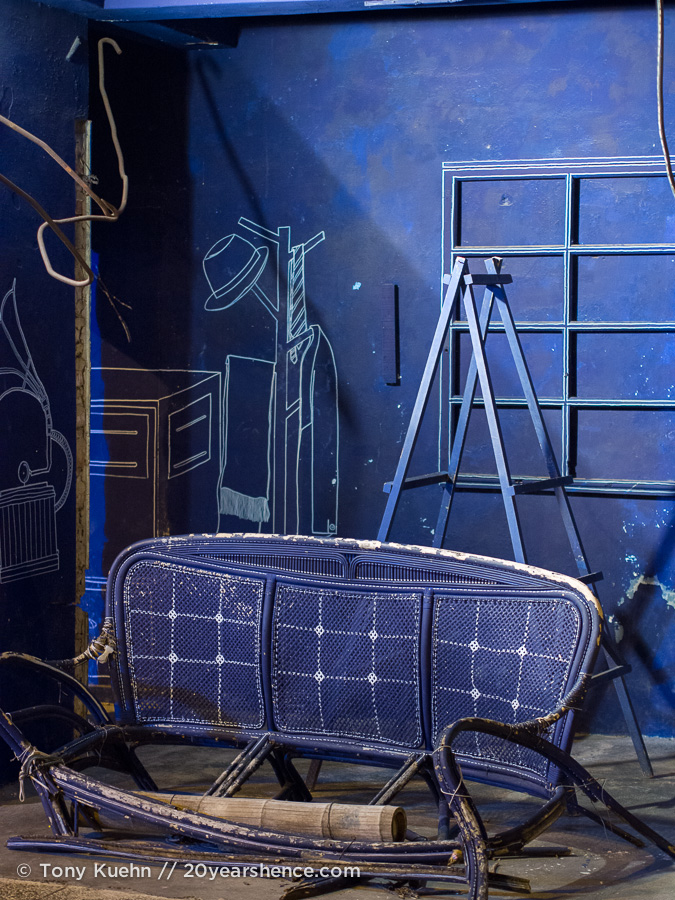

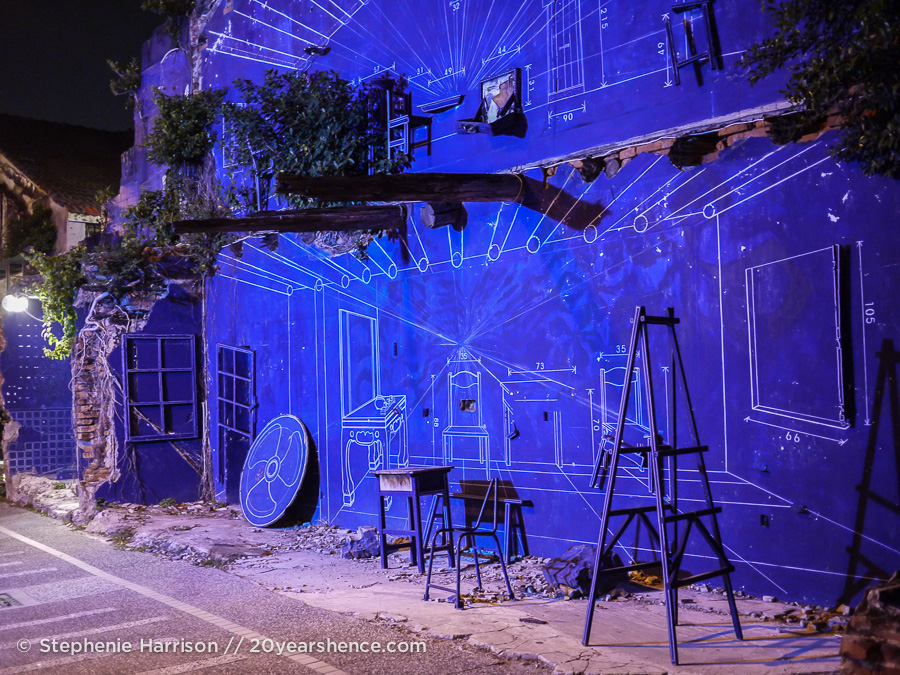

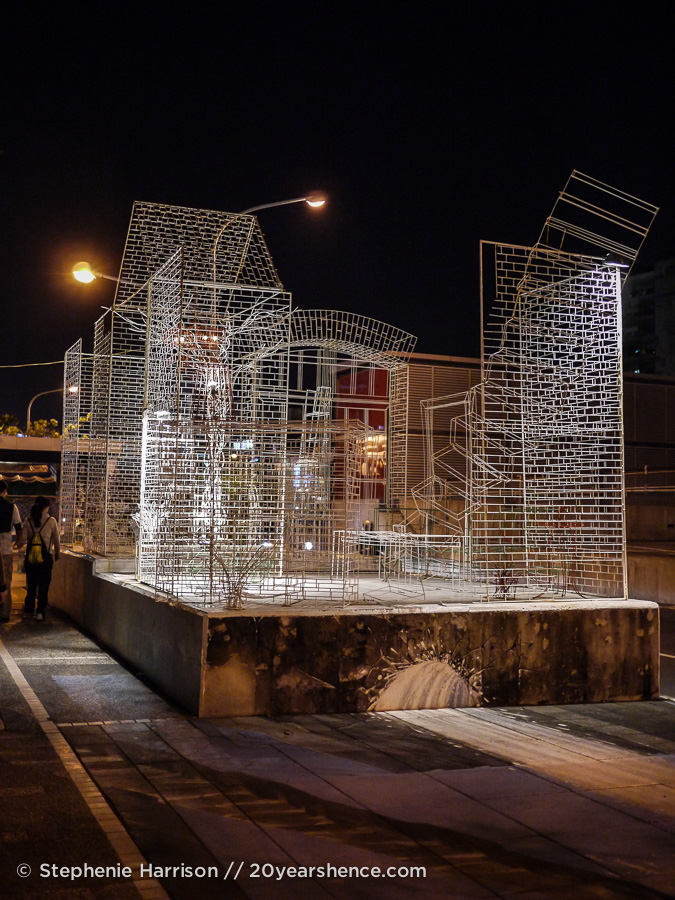
The truth is, based on our wanderings, this little corner of the city was far from unique in that respect. So long as we were willing to look, Tainan always had something incredible to show us. We stumbled upon tiny alley-wide flea markets that overflowed with merchandise so whimsical and sweet it made my heart skip a beat.
We visited the Tainan Literature Museum, which now sits proudly in yet another re-purposed, majestic colonial building where the printed word is celebrated through a variety of mind-bending exhibits.
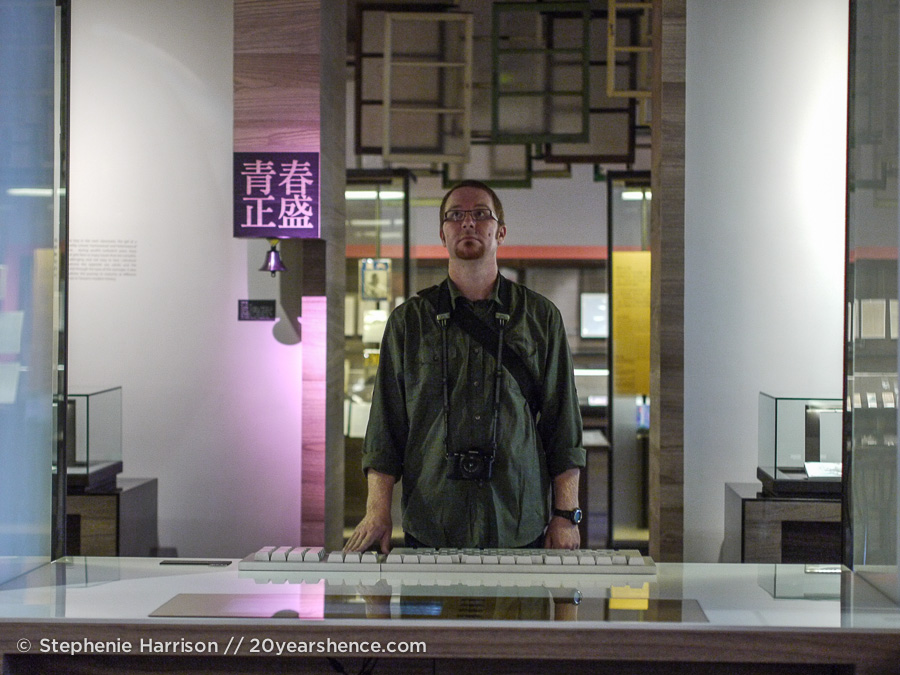
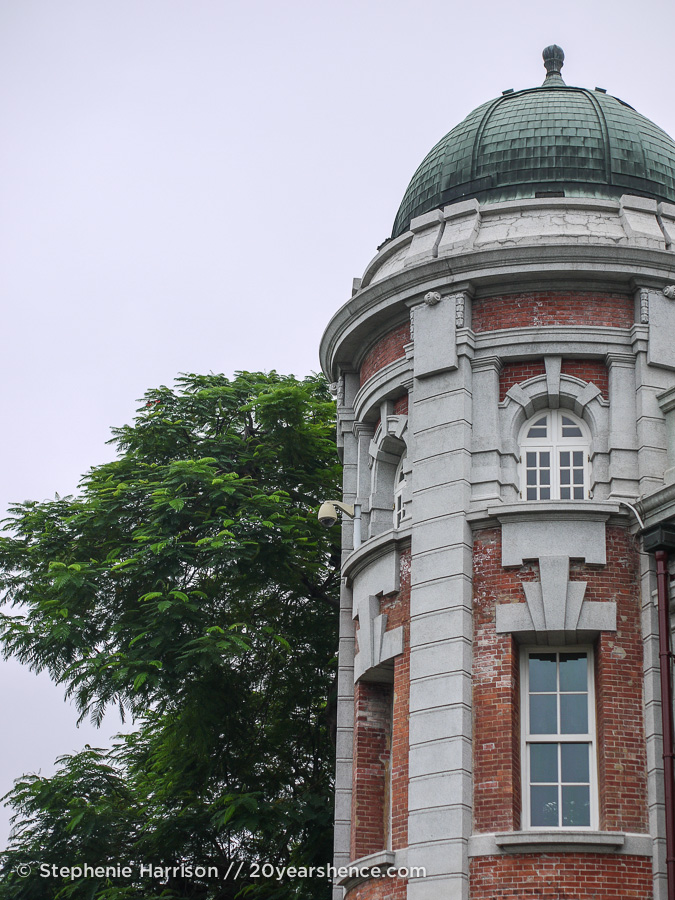
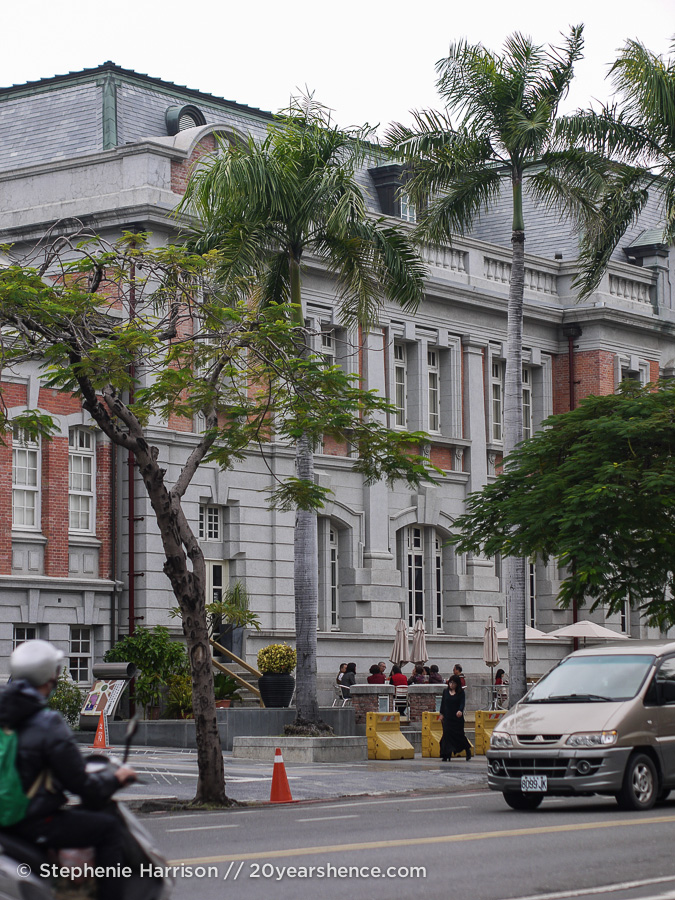
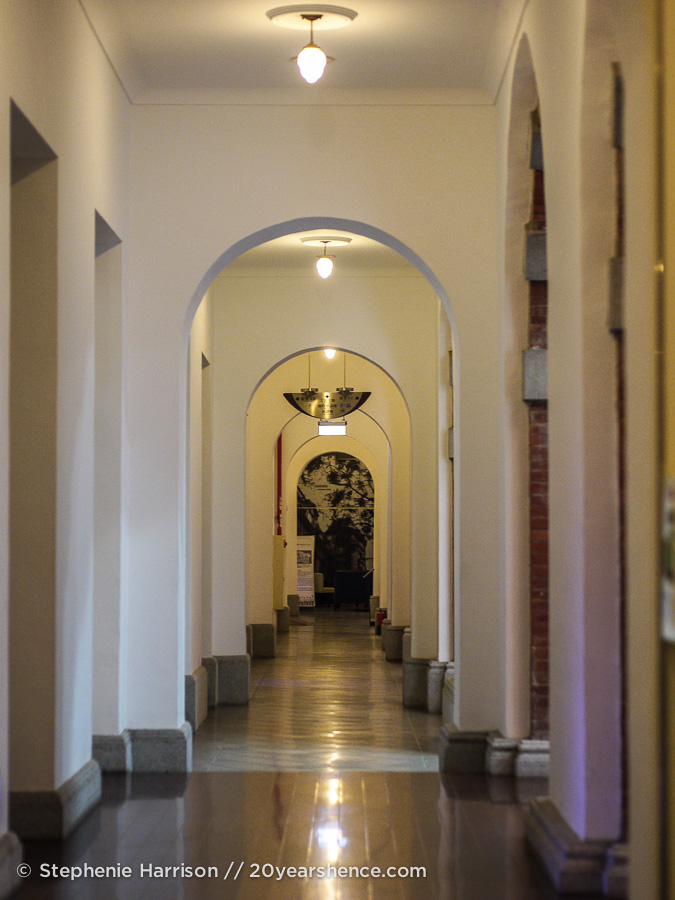
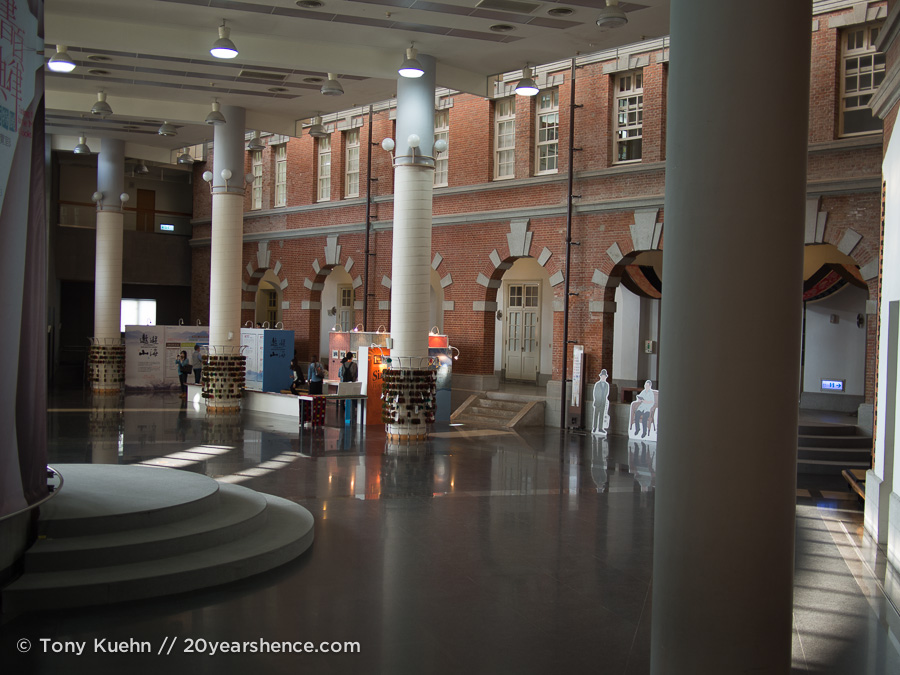
We sat for 15 minutes outside a theater mesmerized by an artist who was painting by hand the billboard posters that hung out front, and watched as Spiderman slowly morphed into the cast of “The Fierce Wife”. Afterwards we learned that this very theater is the same one where award-winning director Ang Lee spent the bulk of his youth.
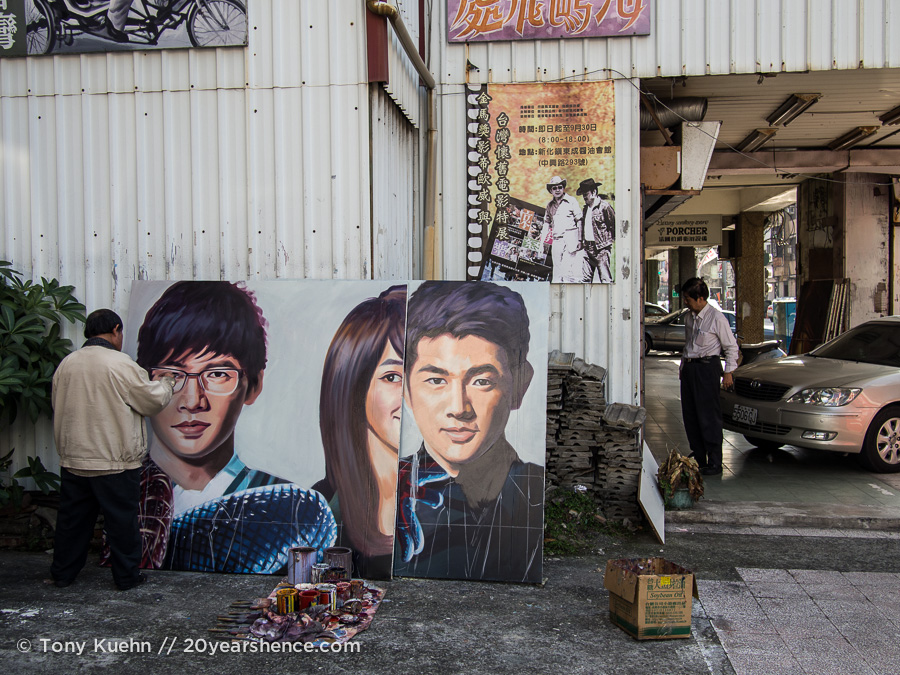
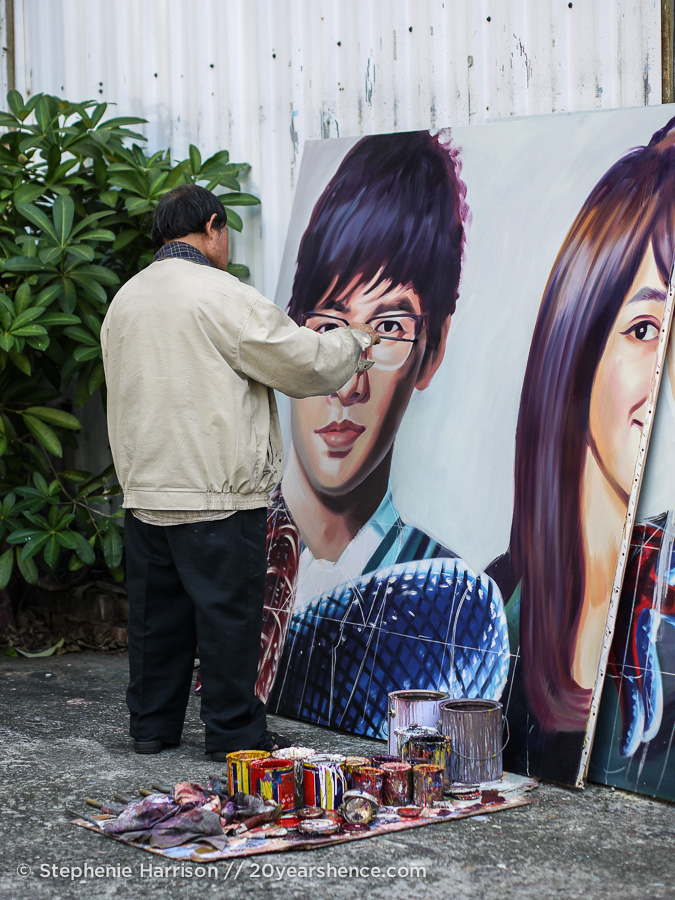
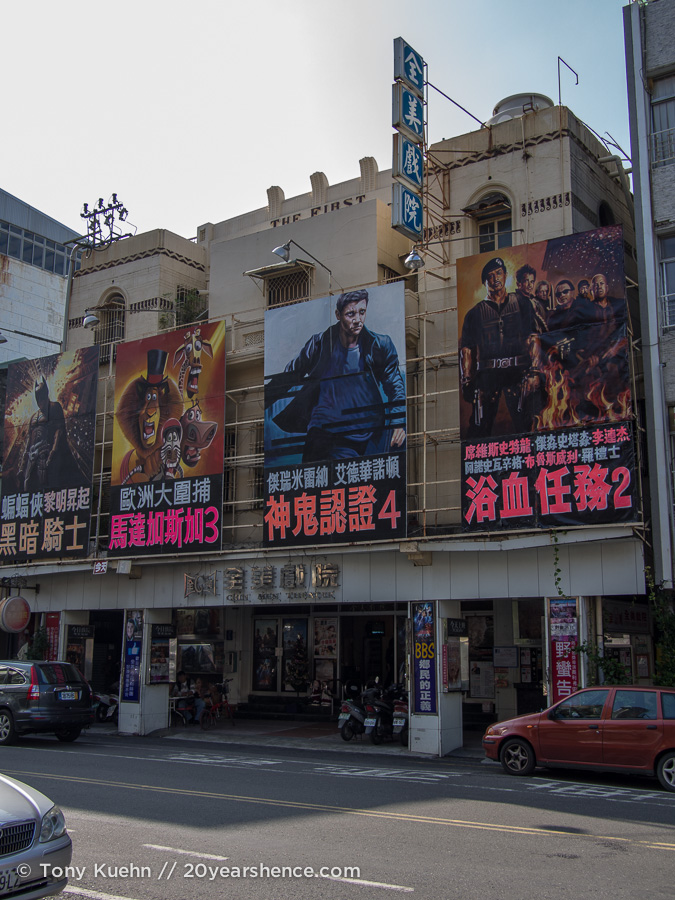
Everywhere we turned in Taipei, there were stories waiting for us to find them, and though I know we only uncovered a fraction of the city’s secrets, each and every one was beautiful. The best part of all is we didn’t even know that 75% of these things existed before we simply started to walk and let our feet, and the city itself, lead us to them. Though I could never retrace my steps over the course of a single day, at the end of each night, Tony & I would roll into bed, exhausted but satisfied, knowing that each road we had walked had taken us exactly where we needed to be and that the next day we would have the chance to do it all over again. As it happens, there’s the potential for beauty everywhere, even in the places we don’t know exist until we’re standing right in the thick of them.
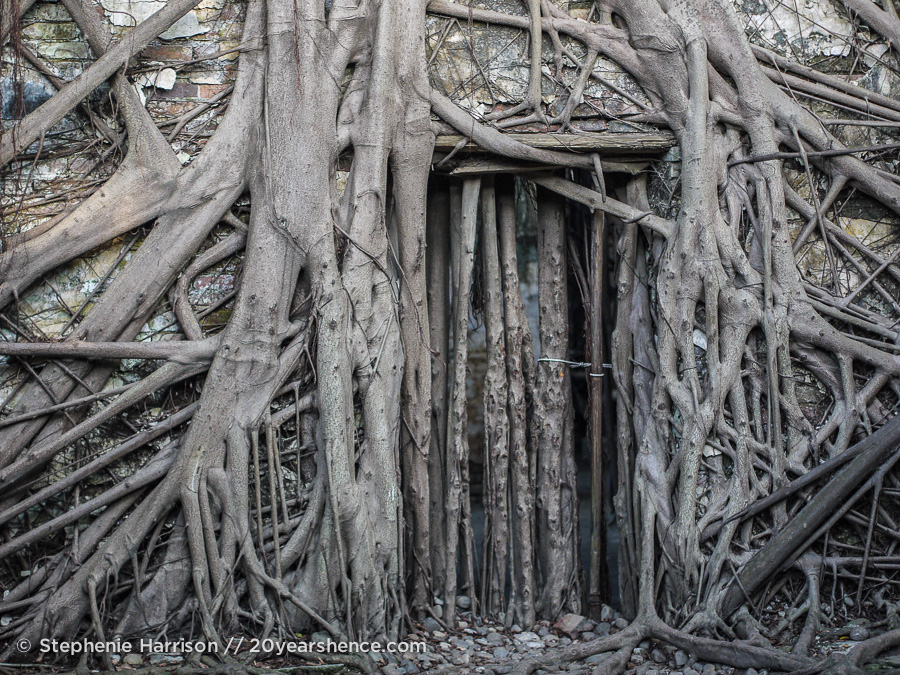

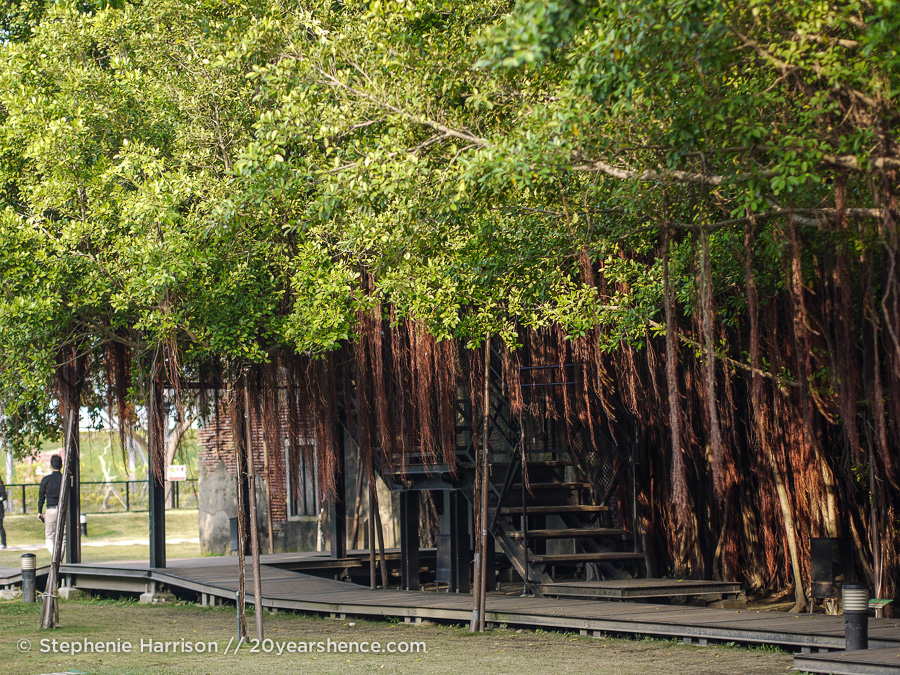
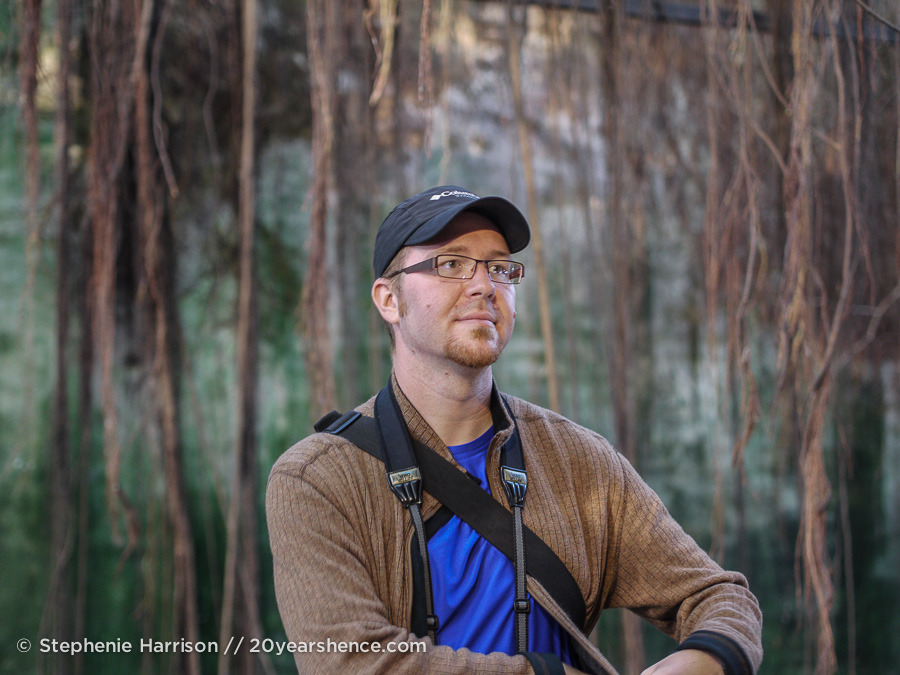


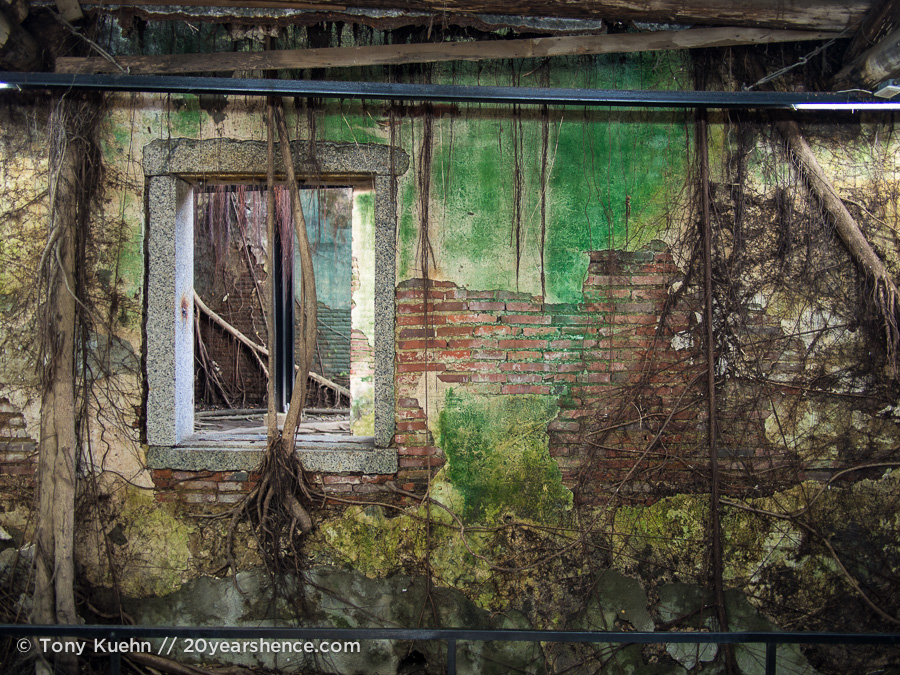
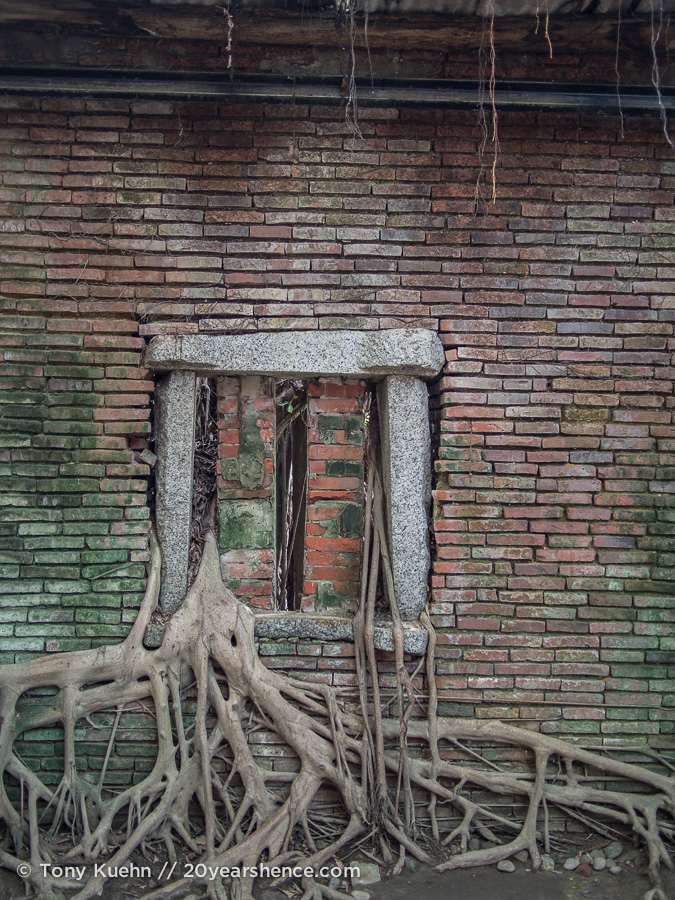
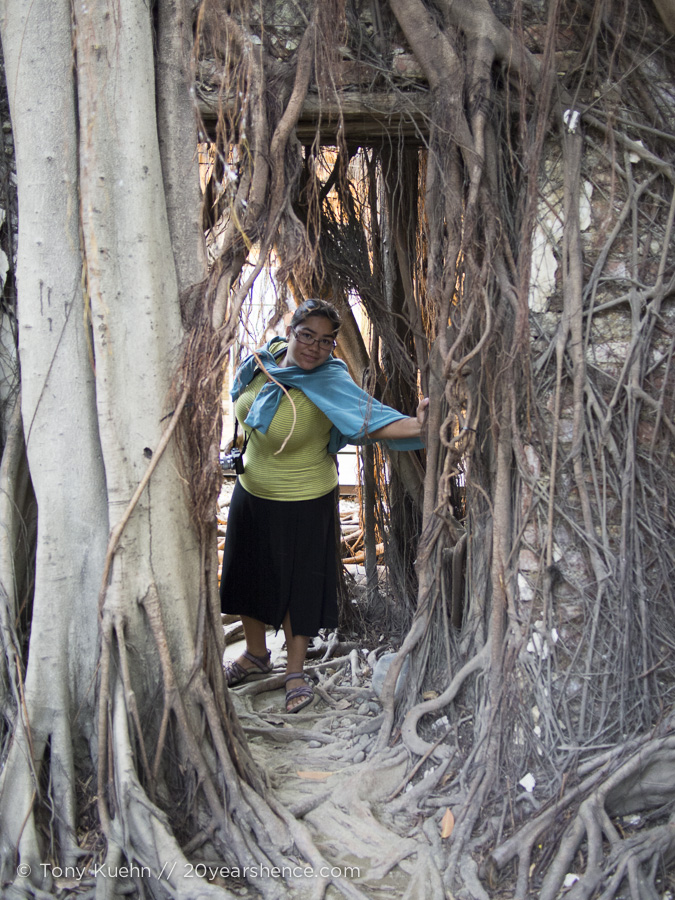
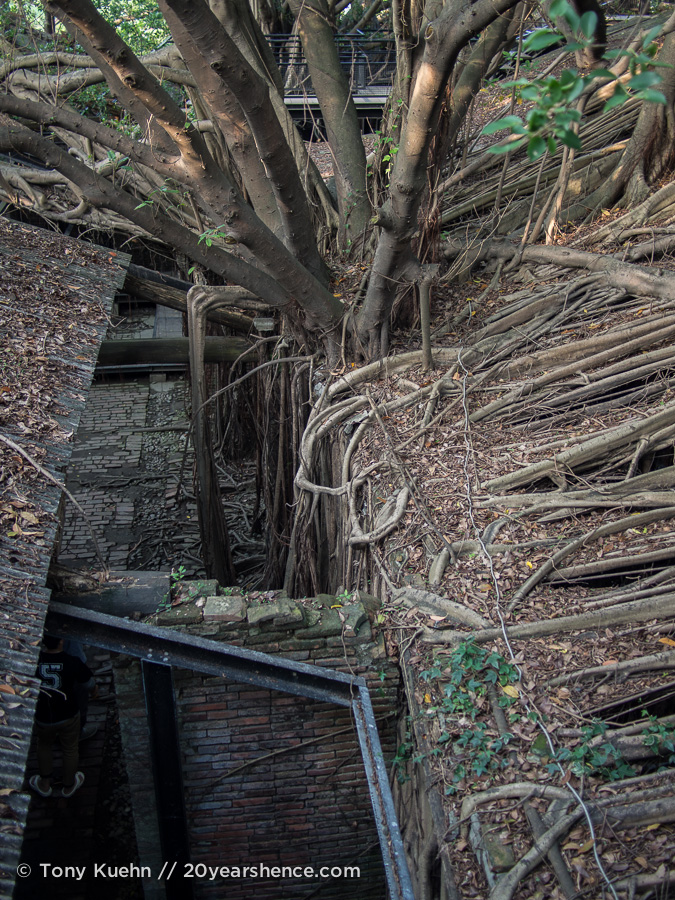
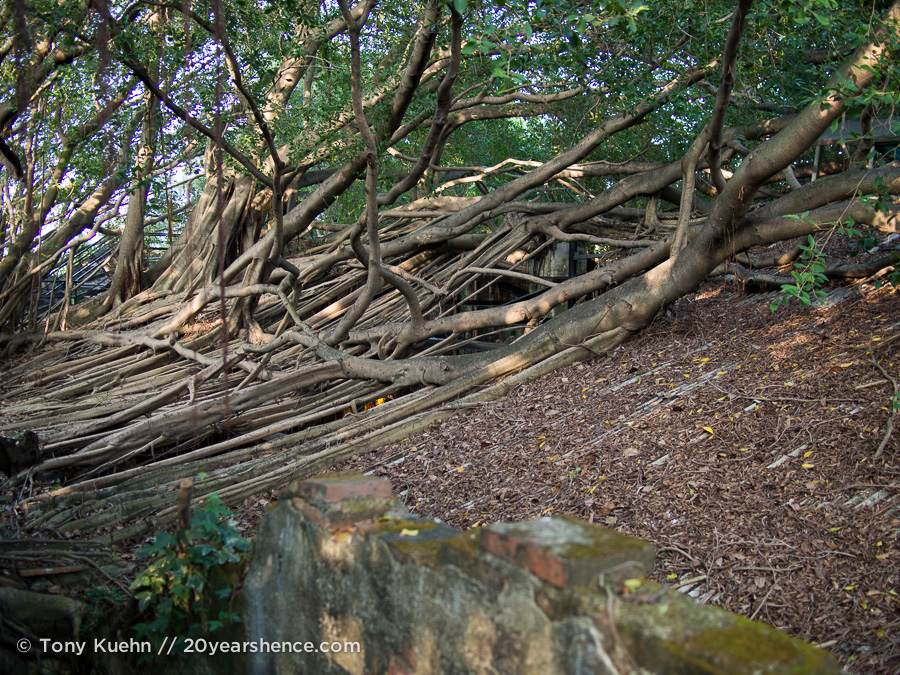
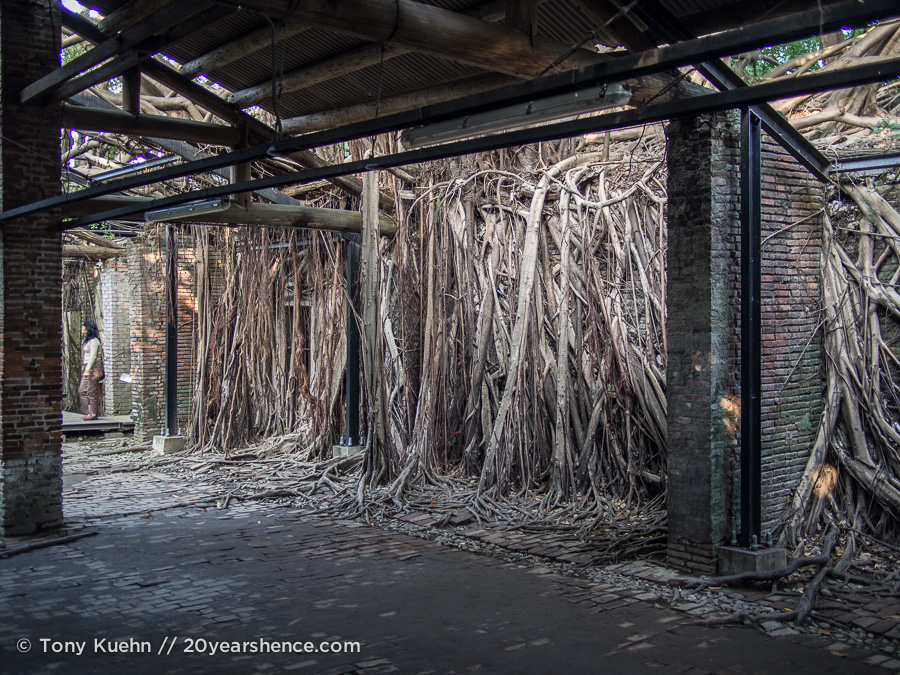
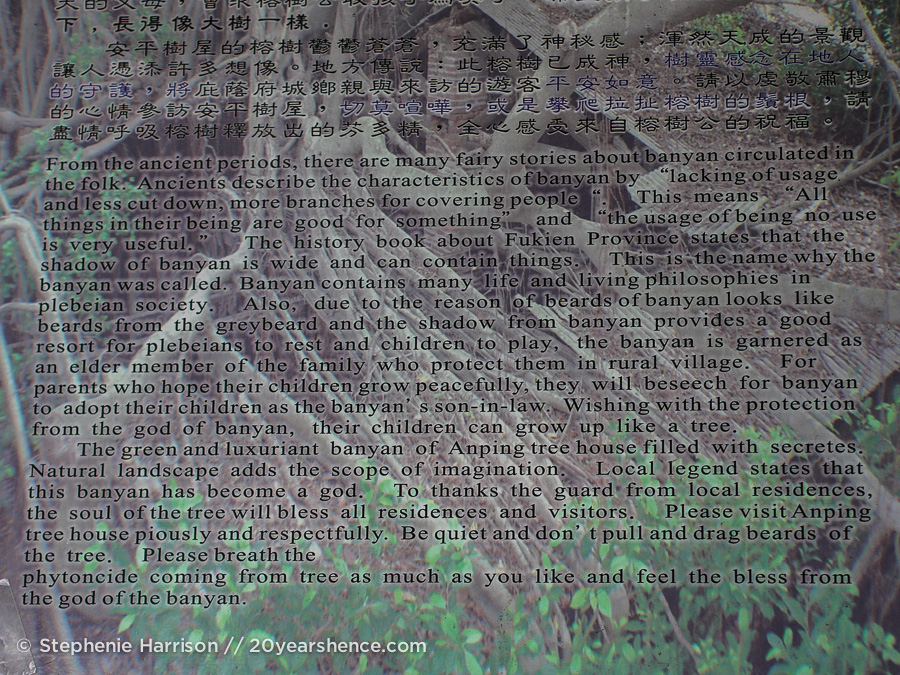
Ooh, that tree house is gorgeous! And I particularly love the pictures of that one guy painting those portraits.
It was incredible watching this guy paint those movie posters, like a timeless art that has since been lost to all except him. I’ve never seen that before, and I doubt I ever will again!
And if you love that tree house, then you will really love our pictures from Angkor Wat… 😉
Those trees in Taiwain just blew me away. They’re so old and gorgeous. We don’t see a lot of “old” trees in LA. In fact, they’re actually quite young and newly-planted. So, seeing those photos of yours just brought me back to how historical everything is in Taiwan. And pretty.
Yes, so much of Taiwan is old, but even the new stuff tends to be pretty! Even the trees! I’m so glad that when it came to preservation and their approach to their culture, they went more the Japanese route than the Chinese!
great pics
Thanks!
My comment did not want to post earlier…
I love getting lost in a city. I find it’s the best way to really get to know a place. It can be intimidating, but I generally have a pretty good sense of direction…although I am a bit stubborn and sometimes won’t ask for directions, which can be dangerous.
With really big cities I sometimes feel overwhelmed and like I need something of a plan, but I’ve definitely learned that even in those situations it is best not to over-schedule and give yourself room to really explore. One of the great things about having a phone with international maps is that even if we really get off track, we never really have to worry that we’ll never make it home again.
Also, I am so introverted that I really hate talking to strangers, even if it’s in a shop and it’s their job to help me, but every so often I will just stop and ask someone if we really need to find a place and can’t manage it on our own. Grad school & travel have been great teachers in terms of getting me to realize that asking questions and not having all the answers is actually ok!
You’re making Taiwan sound so appealing; we’re firmly adding this to our itinerary for early 2014. Amazing pictures (as usual!) I love the tree house and 5-Channel area, the streets almost look like a movie set. Love the Lewis Carroll quote too.
I definitely think Taiwan should be added to every traveler’s itinerary who heads to Asia! It’s such a fascinating country—the culture & history are so rich and interesting and the attention to detail is incredible. It’s very different from South East Asian countries, but it’s a shame more visitors don’t go!
Steph, having just read your post about your burgeoning love of photography, I was pleasantly surprised to find that you took my favorite shot in this incredible collection. It’s the one of the house with the two banyan trees. Keep it up!